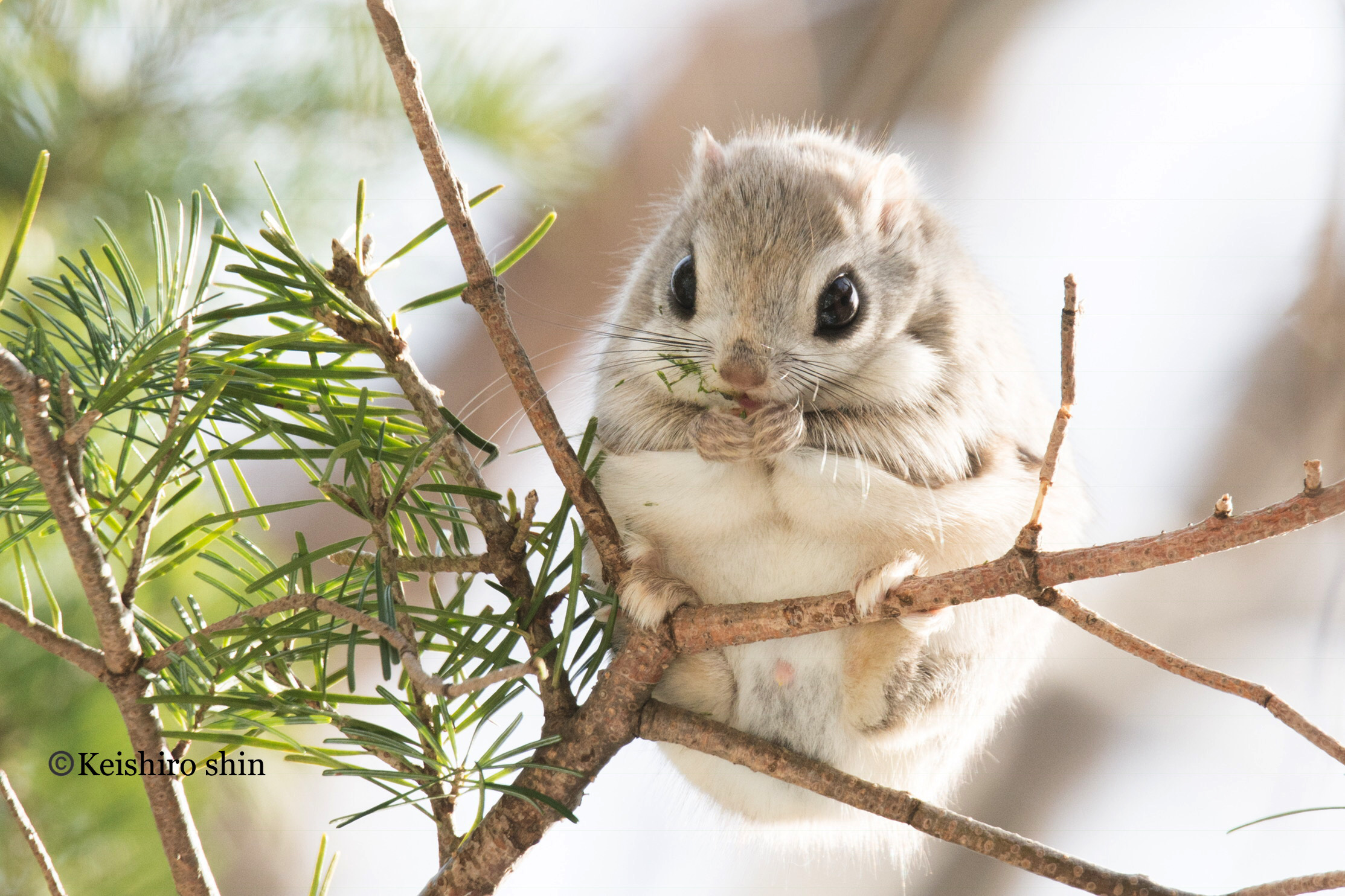

If they didn’t, sika deer could wipe out entire plant species and therefore ecosystems.

Although “sika” deer are endemic to Japan, since the country’s wolves were hunted to extinction in the early 1900s, deer numbers have propelled so high that the Japanese government now incentives hunters to control them. An English-speaking guide is available.ĭeer can be found all over Japan. The more people participate in the tour, the cheaper it gets. These are longer, costlier tours at over 13,000 yen per person.

While there are currently no tours available for the dwarf flying squirrel on Honshu and Kyushu islands, Lodge Lucky Field provides tours for the Ezo dwarf flying squirrel (and other wildlife) of Hokkaido. The most affordable tour with a 98% sighting rate is again at Picchio Wildlife Research Centre for 3400 yen or US$32, featuring the giant flying squirrel species. Thankfully, there are great guided options available. Flying squirrels are nocturnal and arboreal (they live in the trees), so they’re considerably difficult to find and watch without the help of a guide. After emerging from their nests, you may struggle to keep your eyes on them as they dash through the trees in low light conditions. However, finding a nest isn’t always easy, and takes time and perseverance. They come out of the nest every night for food no matter the weather conditions, so as long as you find a nest you won’t miss them. Once you’ve identified a nest, you may have to wait up to an hour either before sunrise or after sunset for them to emerge. Additionally, you can look for flying squirrel poop at the base of trees or the remains of their food. They make their nests in holes in large, old trees, so it’s possible to find their nest by searching for these holes. That’s like a ruler propelling itself across half the length of a football field!įlying squirrels are considered common throughout Japan. The Japanese giant flying squirrel grows up to 50cm in body length and can glide up to 160m! Meanwhile, despite their 30cm length, the two types of dwarf flying squirrels can glide up to 50m. They’re so unique they draw wildlife enthusiasts around the world to Japan. Giant flying squirrels are found only in Asia. There are three species: the Japanese dwarf flying squirrel and Japanese giant flying squirrel found from Honshu through to Kyushu, and the Ezo dwarf flying squirrel endemic to Hokkaido and some parts of Siberia. Often mistaken for bats, these are really just cute furry squirrels with stretchy skin between their limbs which allows them to glide through the air. Many foreigners come to Japan expecting a dose of quirky and a dose of cute, but little did you know this can be found in the wildlife, too! Look no further than Japanese flying squirrels. Flying Squirrels (モモンガ・ムササビ "Momonga/Musasabi")


 0 kommentar(er)
0 kommentar(er)
